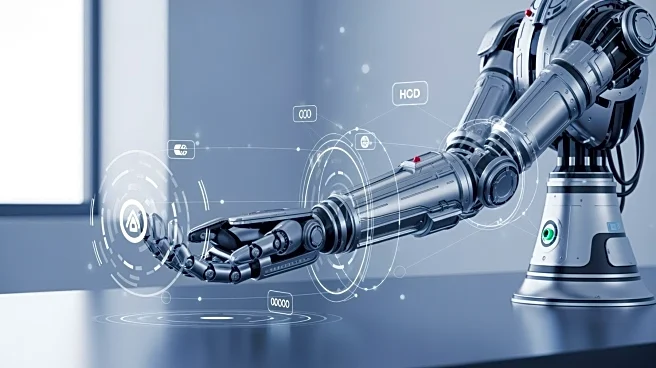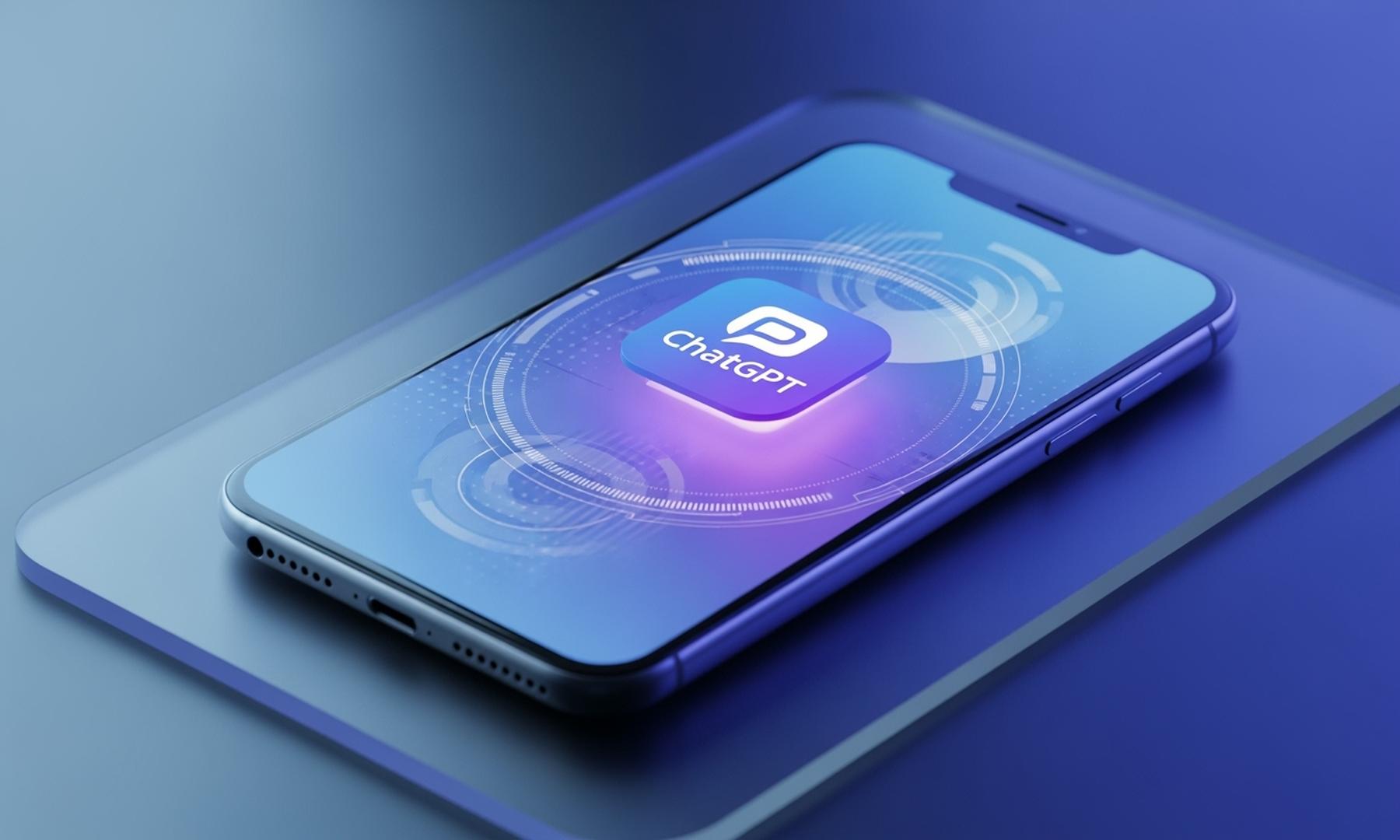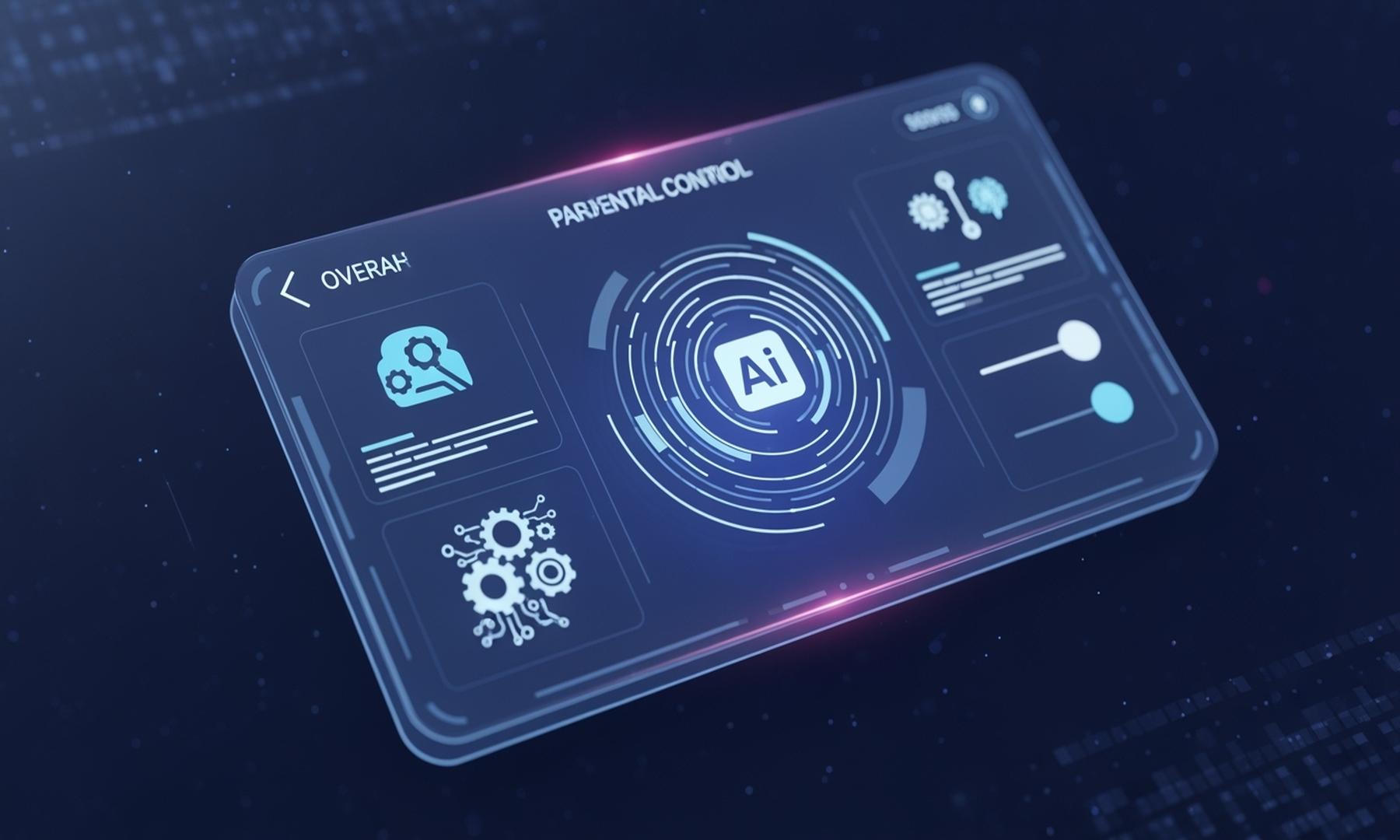What's Happening?
Researchers have developed a gaze-controlled robotic arm that utilizes augmented reality (AR) and object detection to assist individuals with severe motor impairments. The system, detailed in a study published
in Scientific Reports, integrates the Microsoft HoloLens 2 headset for spatial mapping and eye tracking, allowing users to control the robotic arm through an intuitive interface. The technology employs a lightweight YOLOv8n model for real-time object detection, enabling users to select objects by focusing on them for a few seconds. The system calculates the object's 3D position and guides the Kinova Gen2 robotic arm to grasp it. This innovation aims to provide a hands-free, user-friendly solution for performing everyday tasks, eliminating the need for physical input devices.
Why It's Important?
This development represents a significant advancement in assistive technology, offering greater independence to individuals with severe motor impairments. By eliminating the need for physical input devices, the system provides a more accessible and intuitive method for controlling robotic arms. The integration of AR and real-time object detection enhances the system's functionality, allowing for precise object manipulation. This technology could improve the quality of life for users by enabling them to perform tasks independently, reducing reliance on caregivers. Additionally, the study highlights the potential for further improvements in depth accuracy, which could expand the system's capabilities and reach.
What's Next?
Future research will likely focus on improving the system's depth accuracy to extend its operational range beyond the current one-meter limit. This could involve refining the AR-based depth estimation techniques to enhance precision. Additionally, larger-scale studies with more participants are needed to validate the system's effectiveness and generalizability. As the technology evolves, it may be integrated into various assistive devices, broadening its application and impact. Stakeholders, including healthcare providers and technology developers, may explore partnerships to bring this innovation to market, potentially transforming the landscape of assistive technology.











